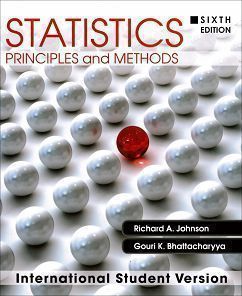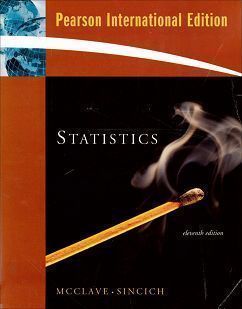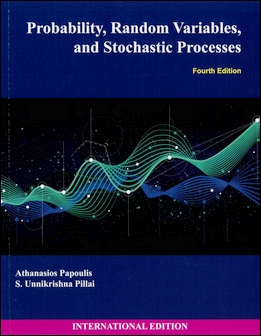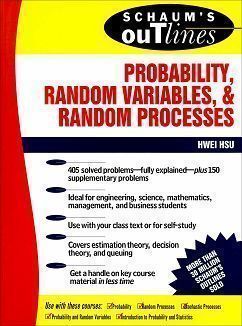書籍分類

Statistics: Principles and Methods 6/e
作者:Richard A. Johnson, Gouri K. Bhattacharyya
原價:NT$ 1,220
內容介紹 本書特色 目錄
- Description
Johnson/Bhattacharyya is unique in its clarity of exposition while maintaining the mathematical correctness of its explanations. Many other books that claim to be easier to understand often sacrifice mathematical rigor. In contrast, Johnson/ Bhattacharyya maintains a focus on accuracy without getting bogged down in unnecessary details.
This highly regarded text provides a wide range of contemporary applications in its examples and exercises to ensure that all students will find something they can relate to and which will motivate them. The book is used in mathematics, statistics, biology, and engineering departments as an introductory text.






